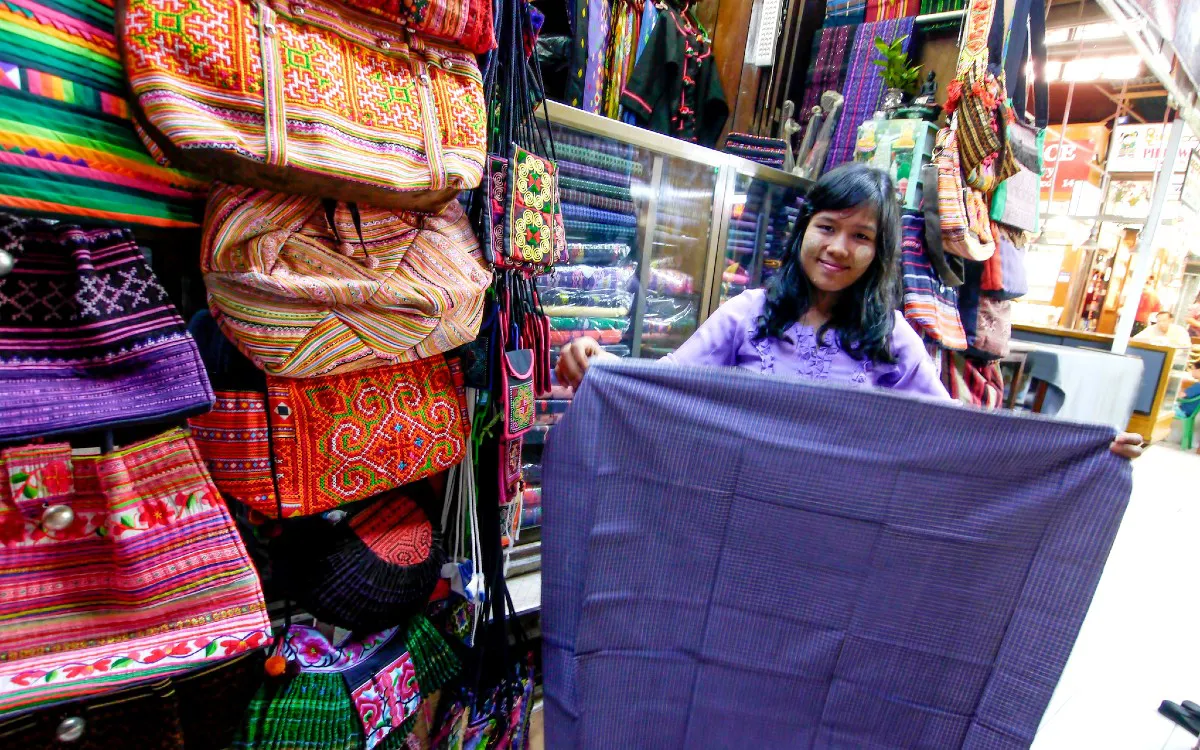New calculate credit scores required to help women get loans
A great credit score is crucial to securing loans. But traditional credit scoring models put many women at a disadvantage. It’s time for a new model.
Maintaining a good credit score is vitally important for accessing finance in much of the world. Credit scoring models study past relationships between borrower characteristics and behaviors and loan repayment to predict how today’s borrowers will repay.
| Women running small businesses in Asia face unique challenges in getting credit to obtain loans. Photo: ADB |
Most banks’ historic data was collected in ‘traditional’ credit underwriting processes—based on the analysis of financial statements, credit history, and collateral, as well as subjective judgments of the borrower’s perceived ‘character’.
Credit scoring helps lenders efficiently and consistently estimate a customer’s creditworthiness, but its reliance on historic data makes it more likely to disfavor borrowers who were excluded in the past – such as the 80% of the world’s unbanked living in Asia and the Pacific. Many do not have a basic account, let alone a credit history.
Women, who in many countries are unable to own land or have property titles, have been less likely to obtain loans secured by collateral. This creates a Catch-22 situation where women without collateral are unable to build the credit history crucial to bank credit scoring models.
The challenge in these markets is increasing access to credit. A huge segment of women-owned micro, small and medium-sized enterprises are unserved or under-served with an estimated $1.7 trillion finance gap in emerging economies.
To overcome this challenge, it is imperative to identify new and ‘alternative’ models that use sources of data that give insight into the financial lives and capacity of the unbanked so that financial institutions can offer them access to appropriately designed credit products, without the need for credit history and collateral.
So, how can this be achieved?
Adopting a gender-responsive credit scoring model that considers women-specific data for the algorithms can help in evaluating the creditworthiness of women who do not own property and/or have not borrowed from banks in the past.
Lenders can leverage new data streams as proxies for payment patterns and credit history to evaluate the cash flows of women borrowers. Such ‘data-driven’ lending models need not, and cannot, follow traditional credit scoring system and should start as a simple rule-based and risk-appropriate lending against cash flows evidenced by data such as verifiable cash flows passing through a mobile wallet; purchase of agricultural inputs as a share of the income from the harvested crops, or purchasing behavior on e-commerce platforms like Alibaba, PayPal, and Amazon.
These measures should also be considered:
Acceptance of some risk-taking is crucial for the success of these new models. Alternative data sets can be used to inform the design of appropriate products, enable new underwriting models, and help financial service providers take reasonable risks in their first steps to reach borrowers previously not included in the formal financial system. This requires moving away from traditional lending requirements and finding sensible proxies for credit history or financial capacity to repay a loan.
Setting up an explicit risk budget or an amount of principal with no expectation of full recovery can help in testing the population’s repayment ability and minimizing pre-selection bias. It must be accepted from the outset that the model will be refined with each lending cycle by studying and quantifying the relationships between the alternative data sources and the repayment patterns of women borrowers.
Factoring social and historical constraints women face in accessing credit into the scoring model and lending product will be necessary to remove obstacles. For example, if women are not traditionally land or property owners, products targeting women should not require land or property as collateral but use alternative data as a proxy for repayment capacities.
Building accessible, transparent, and affordable data sets with borrower consent is key to understanding and offering credit to the unbanked population. Digital transaction data like online purchases, mobile phone/wallet transactions, and payment of bills are objective records of financial behavior that indicate potential repayment capacity and the willingness to repay — criteria that credit bureaus typically use to measure credit history.
Building trust among women borrowers in new digital products and in the financial service provider itself will be necessary. Until women trust and use new digital products, the gender gap in access to finance will persist and banks will find it hard to make the business case for financing women.
This is a huge challenge as a significant population of women in developing economies are without access to mobile technology and are excluded from secure and convenient digital payment systems. According to the International Finance Corporation, there are 200 million more male cell phone owners than women in these countries.
When all these pieces are put together, a pragmatic and iterative approach to improving data-driven business models over time has the potential to further spread lending to populations that were once considered too risky or potentially unprofitable. It can create fairer and more flexible ways for women borrowers to access finance for the first time.
*Dean Caire is a credit scoring expert, and Sabine Spohn is ADB's Principal Investment Specialist.











